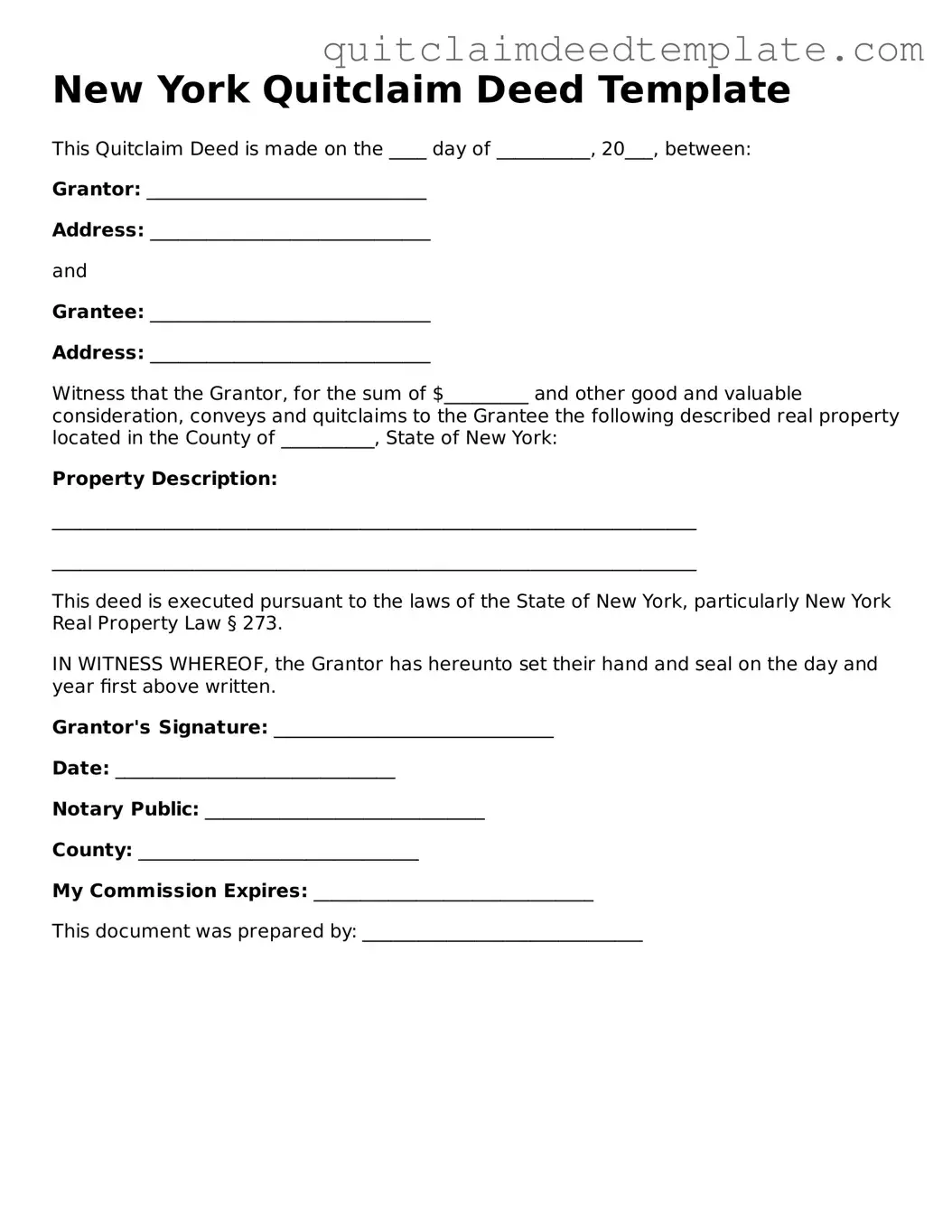A warranty deed is a legal document that transfers ownership of real property from one party to another. Unlike a quitclaim deed, a warranty deed guarantees that the grantor holds clear title to the property and has the right to sell it. This means that the buyer is protected against any claims or disputes regarding the property’s title. Warranty deeds often include covenants that ensure the property is free from liens or encumbrances, providing additional security to the buyer.
A special warranty deed is similar to a warranty deed but with a key difference. It only guarantees that the grantor has not caused any title issues during their ownership of the property. This means that while the grantor provides some assurances about the title, they are not responsible for any problems that may have existed before their ownership. This type of deed is often used in commercial transactions and can offer a middle ground between a quitclaim deed and a full warranty deed.
A grant deed is another type of property transfer document that shares similarities with a quitclaim deed. When a grant deed is executed, the grantor confirms that they have not sold the property to anyone else and that the property is free from any undisclosed encumbrances. While it does not provide the same level of protection as a warranty deed, a grant deed offers more assurance than a quitclaim deed, making it a common choice for property transfers.
A bargain and sale deed is a document that conveys property but does not include any warranties regarding the title. This type of deed implies that the grantor has an interest in the property but does not guarantee that the title is clear. It is often used in foreclosure sales or tax lien sales, where the seller may not have complete knowledge of the property’s title status. Like a quitclaim deed, it transfers ownership without providing extensive protections to the buyer.
A leasehold deed is a document that conveys the rights to use and occupy a property for a specified period, typically in exchange for rent. While it does not transfer ownership in the same way as a quitclaim deed, it shares the concept of transferring rights associated with property. Leasehold deeds can be important for individuals or businesses looking to secure a location without purchasing the property outright.
A deed of trust is used in real estate transactions to secure a loan. This document involves three parties: the borrower, the lender, and a trustee. The borrower conveys the property to the trustee, who holds it as security for the loan. While a quitclaim deed transfers ownership without securing a loan, a deed of trust involves a financial transaction and provides a level of protection for the lender.
A mortgage is a legal agreement in which a property owner borrows money to purchase a property and uses the property itself as collateral. This document differs from a quitclaim deed in that it does not transfer ownership but instead creates a lien on the property. The mortgage provides the lender with rights to the property if the borrower defaults on the loan, ensuring a level of financial security for the lender.
An easement deed grants one party the right to use a portion of another party's property for a specific purpose. While it does not convey ownership like a quitclaim deed, it allows for the use of land for utilities, access, or other needs. Easement deeds can coexist with other property rights and are essential for ensuring access to resources or pathways.
A partition deed is used when co-owners of a property decide to divide their interests in the property. This document formalizes the division of property and transfers ownership of specific portions to each co-owner. Similar to a quitclaim deed, a partition deed facilitates the transfer of property rights without the need for a sale, allowing co-owners to clarify their respective interests.
